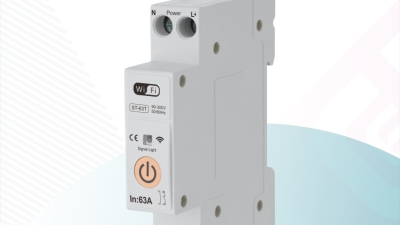5 Best Tips for Choosing the Right Mcb Switch for Your Electrical Projects
Table of Contents
- Understanding the Importance of Choosing the Right MCB Switch for Your Project
- Key Factors to Consider When Selecting MCB Switch Types
- Common Problems Associated with Incorrect MCB Switch Selection
- How to Determine the Appropriate Rating for Your MCB Switch
- Essential Features to Look for in a Quality MCB Switch
- Tips for Sourcing and Purchasing MCB Switches for Your Electrical Needs
- Maximize Home Automation with the High-Performance 63A Zigbee/Tuya Smart MCB Switch: A Comprehensive Guide
- FAQS
- Conclusion
- Related Posts
When it comes to managing electrical projects smoothly, picking the right MCB switch isn’t just a minor detail — it can make a real difference in safety and how well everything runs. With over 20 years under our belt in the electrical industry, Zhejiang Cejia Electric Co., Ltd. really understands how tricky these choices can be. That’s why we’re dedicated to offering smart, reliable energy storage power solutions. We’ve built a solid reputation for delivering top-notch products and excellent service at competitive prices, so we know how important it is to guide our customers in making the right calls. In this blog, I’m sharing five handy tips to help you choose the perfect MCB switch — whether you’re a seasoned pro or just diving into your first project. Getting a grip on these key points means you’ll be able to optimize your setup and keep things running smoothly. Trust us, a little extra know-how can go a long way in making sure your electrical work is both safe and efficient.
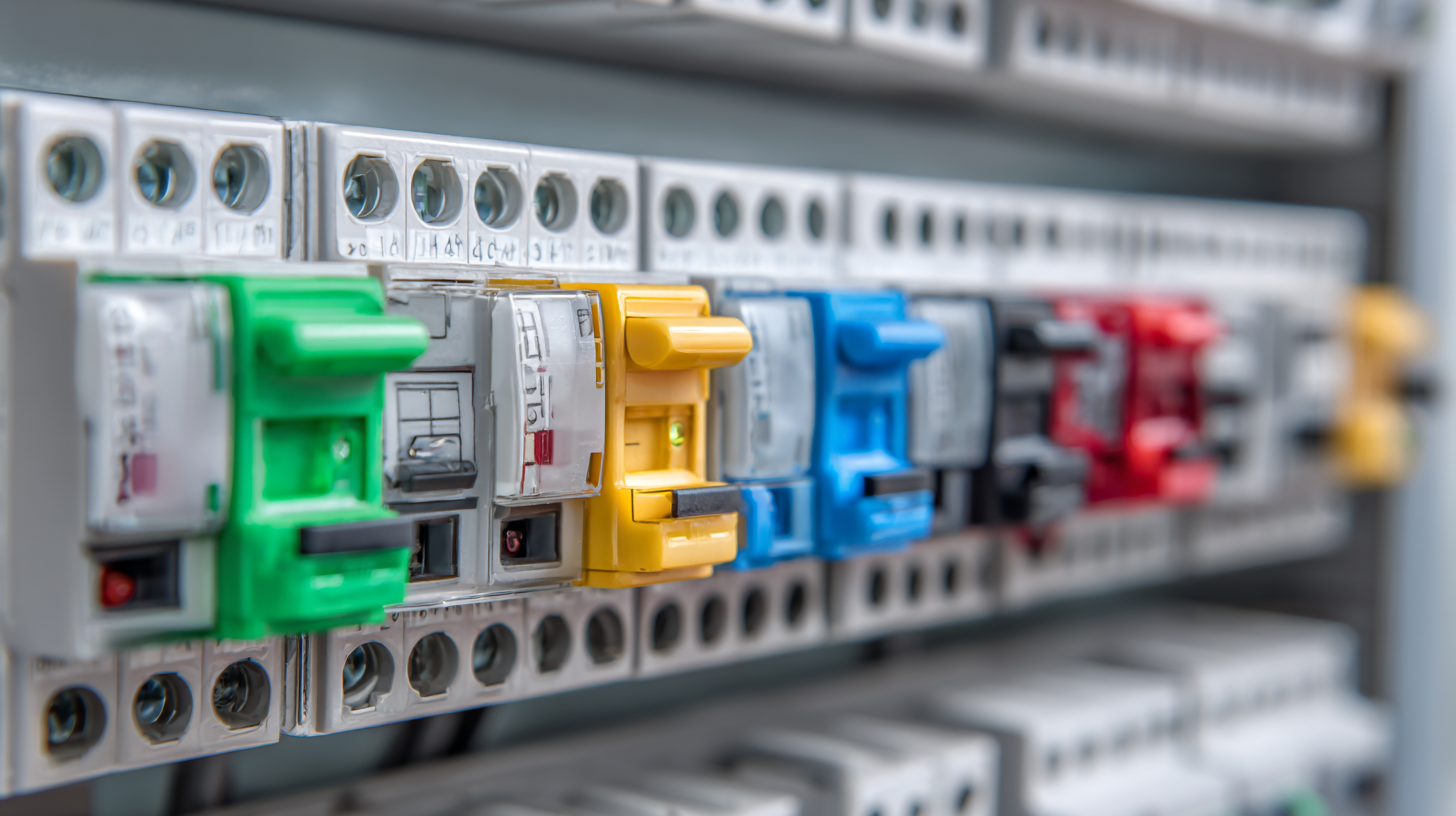
Understanding the Importance of Choosing the Right MCB Switch for Your Project
Choosing the right Miniature Circuit Breaker (MCB) isn't just a technical detail — it’s actually pretty important when it comes to keeping your electrical setup safe and running smoothly.
I read a report from the International Electrotechnical Commission (IEC) that said nearly 30% of electrical troubles in homes and businesses happen because of choosing the wrong protective devices, including MCBs. So, picking the right one can really make a difference — it helps prevent overcurrents and short circuits, which in turn can save you from potential fires or damaging your equipment.
And here’s the thing — compatibility is key. According to research from the Electric Power Research Institute (EPRI), you’ve got to pick an MCB based on several factors, like the kind of load you're dealing with, the environmental conditions, and the voltage ratings.
There are different breaking capacities too; for example, a standard MCB rated at 6A might not cut it if you're powering high-demand appliances that need something with a higher rating.
So, understanding your specific electrical needs is super important to ensure everything’s protected and works well.
Spending a little extra time on this can really pay off — not just in safety and durability, but also in saving costs and giving you peace of mind in the long run.
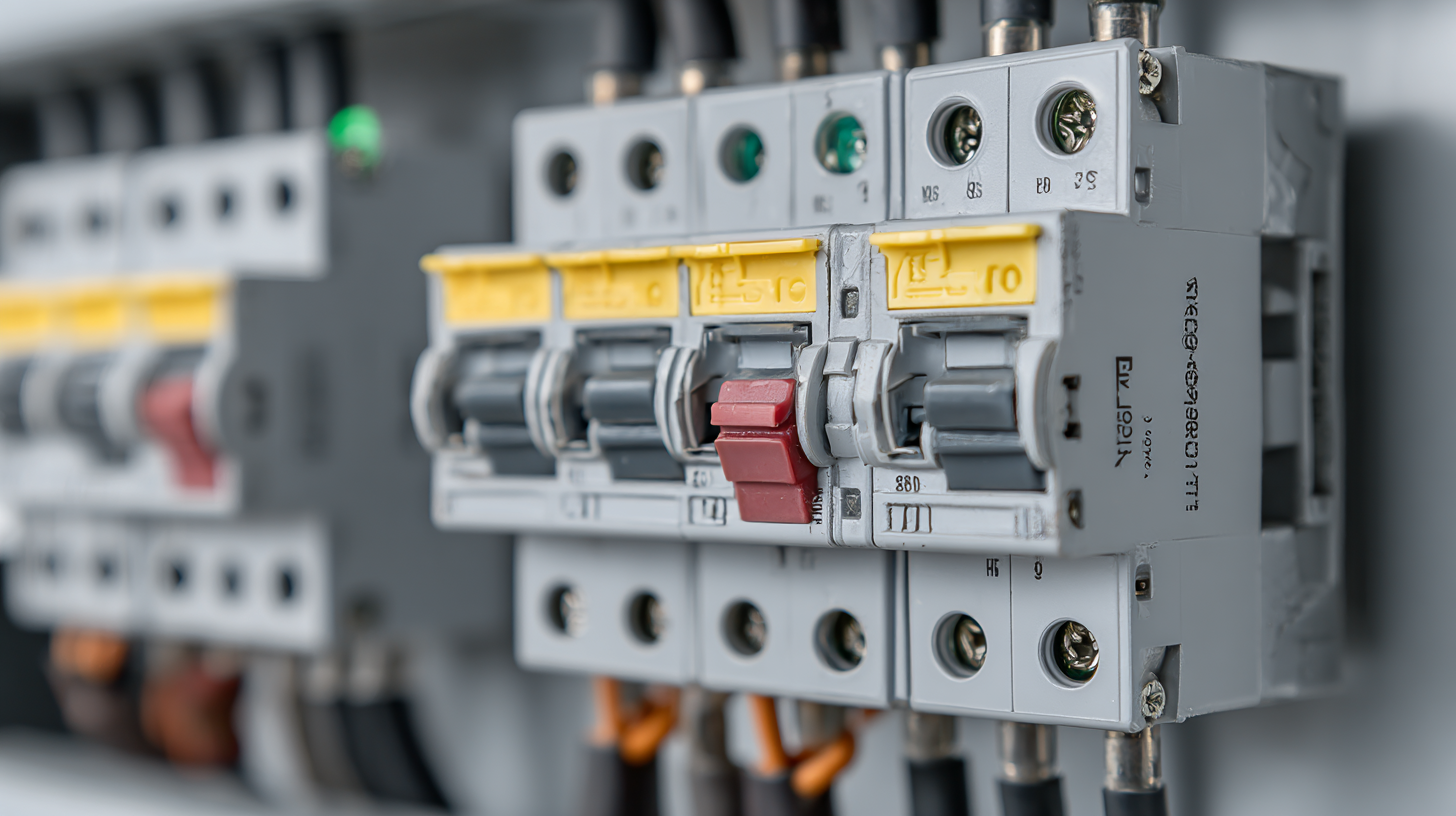
Key Factors to Consider When Selecting MCB Switch Types
When you're choosing the right MCB (Miniature Circuit Breaker) for your electrical projects, there are a few key things you really want to keep in mind. First off, it's pretty important to understand the differences between the main types—like B, C, and D curves. A recent report from the International Electrotechnical Commission highlights that picking the correct curve can make a big difference—helping you avoid annoying trips while still keeping your circuits safe, especially when loads vary.
Also, don’t forget to check the rated current and breaking capacity—those need to match up with what your project actually needs. With energy consumption expected to jump by around 25% by 2030 (thanks to the International Energy Agency), it’s more critical than ever to go for MCBs that are built for today’s energy demands. Zhejiang Cejia Electric Co., Ltd. has been around for 20 years, bringing reliable, high-quality MCB solutions that meet international standards. They really focus on safety and efficiency in electrical setups. Keep these factors in mind, and you'll be well on your way to making your electrical systems more reliable and effective—and you might even save some money while you're at it, plus get professional support along the way.
5 Best Tips for Choosing the Right MCB Switch for Your Electrical Projects - Key Factors to Consider When Selecting MCB Switch Types
| Factor | Description | Importance Level |
|---|---|---|
| Load Capacity | Select an MCB based on the total load in your project to prevent overloads. | High |
| Type of Curve | Choose from types B, C, or D based on your application (resistive, inductive, etc.). | Medium |
| Pole Configuration | Determine whether you need single, double, three-phase, or four-pole configurations. | High |
| Trip Sensitivity | Select the right current ratings for ensuring appropriate protection levels. | High |
| Certification and Standards | Ensure the MCB meets local and international safety standards. | Medium |
Common Problems Associated with Incorrect MCB Switch Selection
When you're picking out a Miniature Circuit Breaker (or MCB for short) for your electrical projects, it’s easy to overlook how important the right choice really is. If you go with the wrong one, you might run into a bunch of common issues. For starters, overloading can happen if the MCB isn’t rated properly for the load you’re putting through it. That often means it trips frequently, which can be super annoying, and in worst cases, it might even cause damage to your appliances. So, it’s pretty important to make sure the MCB you choose can handle the circuit’s capacity — don’t just guess or assume it’ll work fine.
Then there’s the risk of not having enough protection against short circuits or fault currents. An MCB that’s not the right one might trip too late, or worse, not trip at all. That’s a recipe for potential fires or damage to your gear. Also, if you’re using a generic MCB in more specialized setups—say, where the load characteristics need a certain type of curve—it could make everything worse. Picking the right MCB isn’t just about safety, it’s also about keeping your whole setup running smoothly and making sure things last longer in the long run.
How to Determine the Appropriate Rating for Your MCB Switch
When you're picking out a suitable rating for your Miniature Circuit Breaker (or MCB), it’s really important to think about how much stuff you'll have plugged in. A report from the National Electrical Manufacturers Association (NEMA) points out that using the wrong size of MCB can cause annoying trips or, worse, safety issues. So, the first thing you wanna do is add up the total wattage of all the devices you'll connect to that circuit. For example, if your appliances total around 3,000 watts, you’ll want an MCB rated to handle that, usually somewhere between 16 to 20 amps at 230 volts, so everything runs smoothly without issues.
Plus, it’s super helpful to understand what kind of load you’re dealing with. Resistive loads, like heaters, behave differently compared to inductive ones, such as motors, which can draw a lot more current when they start up. The IEC guidelines suggest that your choice of MCB should be based not just on the continuous current, but also on the load type. For instance, a 'B'-rated MCB works well for typical daily use, while a 'C'-rated one is better if you’re dealing with equipment that has high inrush currents. Getting these details right is key to making sure your MCB does its job safely and reliably in your electrical setup.
Essential Features to Look for in a Quality MCB Switch
When you're picking out the right MCB (Miniature Circuit Breaker) for your electrical projects, it's super important to pay attention to a few key features that really matter—things like safety, reliability, and how well it performs. One of the first things to look at is the breaking capacity. Basically, this number tells you the maximum fault current the breaker can handle and shut off without messing up. Going for an MCB with a higher breaking capacity is usually a good idea, especially if your place has unpredictable power loads or the occasional surge—better safe than sorry, right?
Another thing to keep in mind is the tripping characteristics, which is just a fancy way of saying how fast the breaker reacts when there's an overload or short circuit. MCBs come in different types—like B, C, and D—and each is geared toward different needs. For example, a type B MCB works great for typical home circuits where there's not much inrush current, whereas type C is better if you're dealing with stuff like motors or transformers that draw a lot of power instantly. Oh, and don’t forget to check the number of poles—the one that fits your circuit requirements—and look at the quality of the materials used. Those little details can really make a difference in how long your MCB lasts and stays reliable over time.
Tips for Sourcing and Purchasing MCB Switches for Your Electrical Needs
When you're on the hunt for MCBs (Miniature Circuit Breakers) for your electrical projects, the first thing you really want to do is figure out what you actually need. Think about the voltage and current your setup calls for—it's super important to pick MCBs that can handle the load without a hitch, while still offering solid protection against overloads and short circuits. Also, keep in mind what kind of electrical environment you're dealing with—whether it's home, business, or industrial—because that’ll impact the specs you're after.
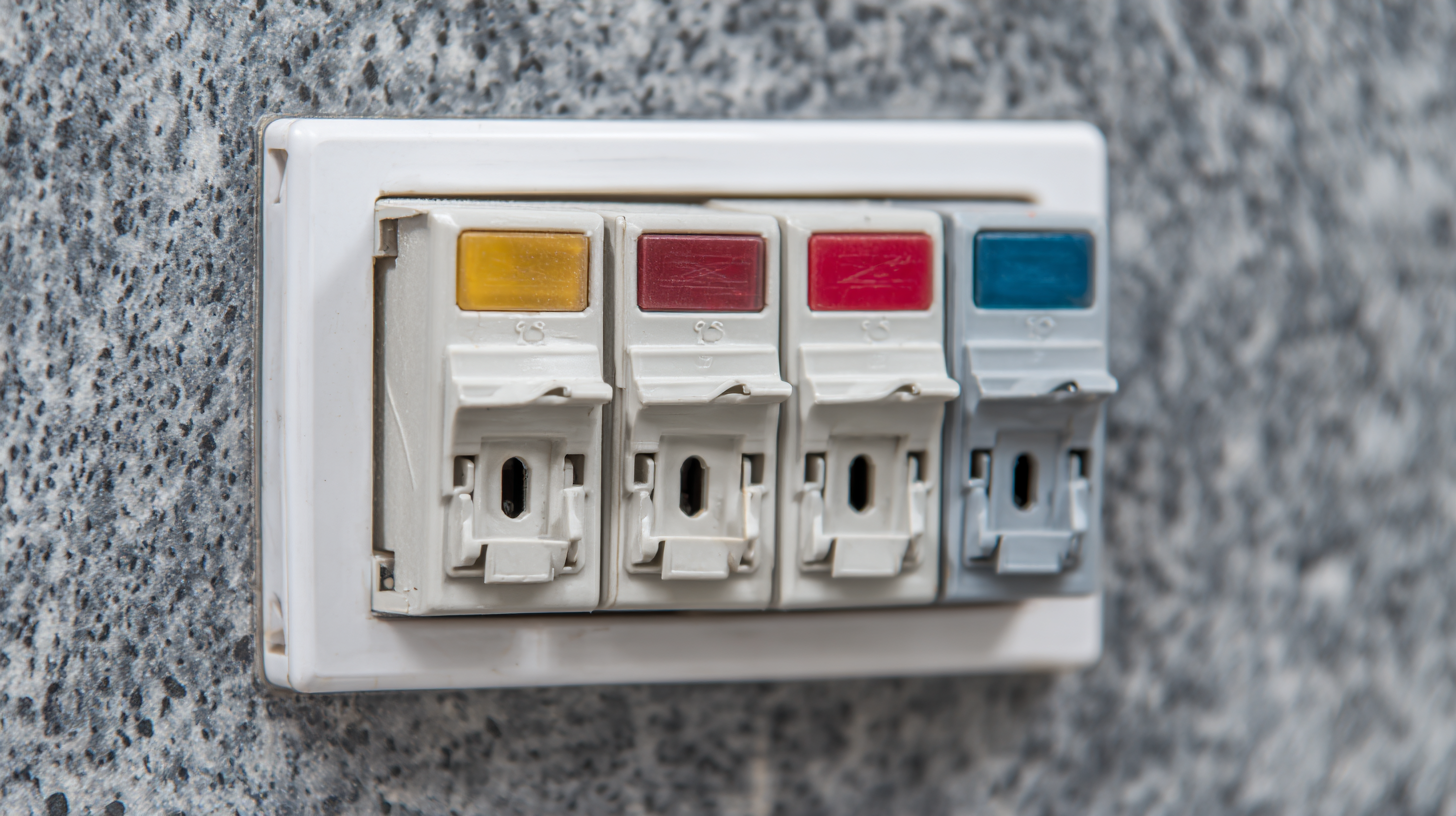
After that, it's a good idea to check out some trusted suppliers and brands. Look for names that are known for reliability and have a decent reputation in the market. Reading reviews and checking product ratings online can give you a pretty good sense of quality. Don’t forget to make sure the MCBs meet local standards and regulations. And if possible, ask about warranties and after-sales support—that way, you’re protected if anything goes wrong. Following these simple steps should help you make smarter choices, making your project safer and more efficient overall.
Maximize Home Automation with the High-Performance 63A Zigbee/Tuya Smart MCB Switch: A Comprehensive Guide
Home automation is transforming the way we interact with our living spaces, and the high-performance 63A Zigbee/Tuya Smart MCB Switch stands out as a pivotal component in any smart home setup. With its ability to handle a rated operating voltage of 230V and a working current of up to 63A, this intelligent remote control switch caters to a variety of user needs while ensuring reliable performance. Whether you’re controlling lighting, appliances, or entire circuits, the impressive functionality of this switch enables quick on/off operations that enhance both convenience and energy efficiency.
Designed for versatility, this switch is ideal for installation in various settings, including homes, shopping malls, office buildings, hotels, schools, and hospitals. Its stylish appearance seamlessly blends with any décor, while its modular rail installation ensures easy integration into existing electrical systems. The 63A Zigbee/Tuya Smart MCB Switch not only empowers users to exercise greater control over their electrical loads but also offers peace of mind through its dependable operation. As you embark on maximizing your home automation experience, this switch proves to be both a practical choice and an essential tool for modern living.
FAQS
: The different types of MCB curve ratings include B, C, and D curves, which are crucial for matching the MCB to the specific load characteristics of the circuit.
Selecting the correct MCB curve type can significantly reduce the risk of nuisance tripping and ensure adequate protection for circuits with varying load characteristics.
The rated current must align with the specific project requirements, including the calculated total load of the devices connected to the circuit.
An incorrectly rated MCB can lead to overloading, inadequate protection against short circuits, frequent tripping, and potential damage to appliances or even electrical fires.
You should calculate the total load of the devices connected to the circuit and select an MCB that can handle this load, typically rated between 16 to 20 amps at 230 volts for loads around 3,000 watts.
Resistive loads, such as heaters, and inductive loads, such as motors, have different requirements due to characteristics like inrush currents; thus, their respective MCBs must be selected accordingly.
Conclusion
Picking the right MCB switch is super important if you wanna keep your electrical setups safe and running smoothly. Basically, an MCB switch is like your circuit’s protectmate — it helps prevent overloads and short circuits, so choosing the right one is kinda the first big step in any wiring job. When you’re shopping around, think about what type of MCB works best for your needs, what current rating you need based on how much load you’re dealing with, and features like its breaking capacity and how it trips. Also, it helps to know what kind of problems can pop up if you pick the wrong one — that way, you can save yourself a headache later on.
When hunting for your MCB switch, it’s a good idea to go with trusted brands like Zhejiang Cejia Electric Co., Ltd. They’ve been around for over 20 years, really knowing their stuff in energy storage and power supplies. Cejia’s all about quality products at good prices and can give you options that fit different electrical projects. So, you can feel pretty confident that you’re choosing a reliable switch that’ll keep things safe and efficient in the long run.
Related Posts
-

The Ultimate Checklist for Sourcing the Best MCB Switches Worldwide
-

Understanding the Distinct Features and Applications of Best MCB RCCB Alternatives for Global Buyers
-

Understanding Industry Standards for Selecting the Best Solar DC Breaker Solutions
-

Emerging Trends in 2025 Best Dc Inverters for Home Solutions for Global Buyers
-
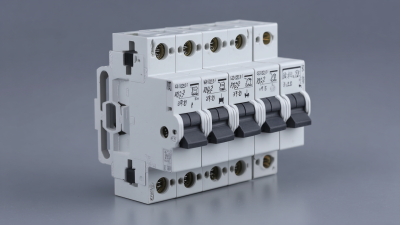
5 Reasons Best Rcd Circuit Breaker Should Be Your Top Choice
-
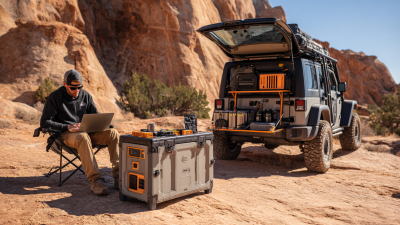
Innovative Examples of How Portable Battery Power Stations Enhance Outdoor Adventures


